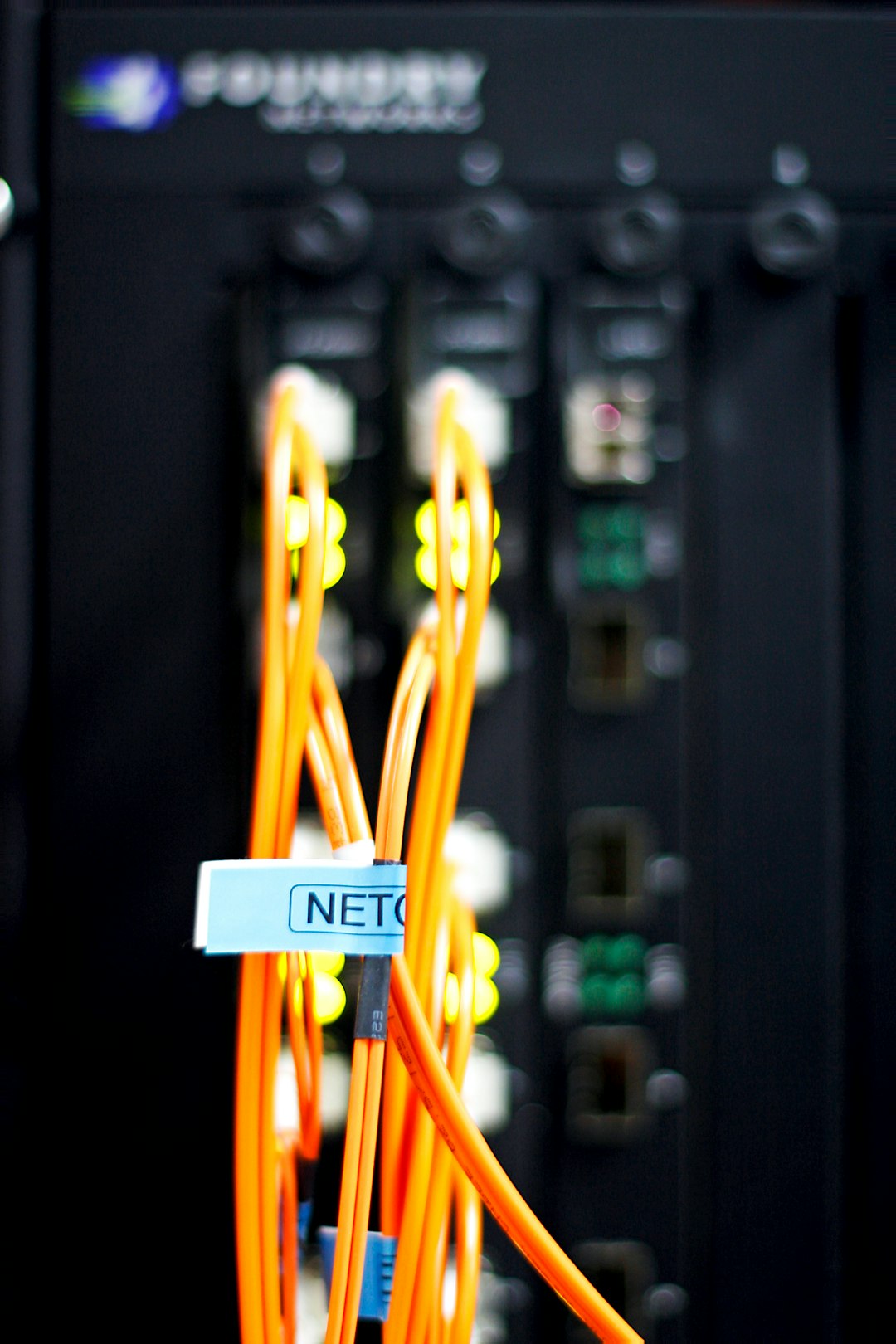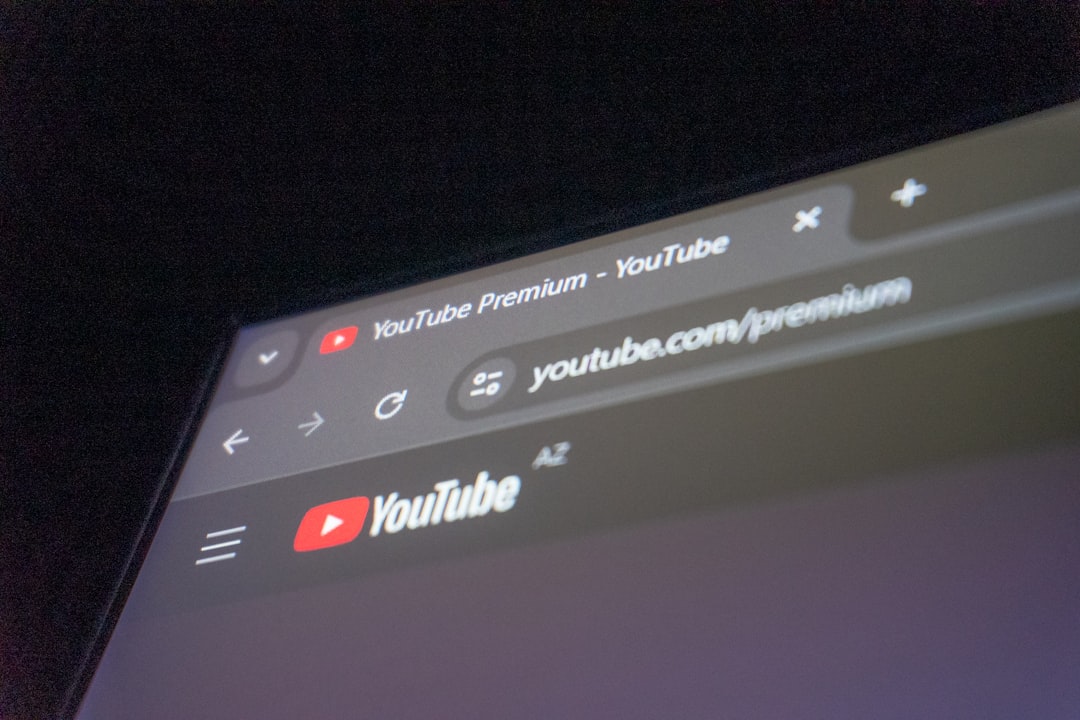When it comes to esports streaming, the rising popularity of 4K and 1080p might suggest that higher resolution is always the best choice. However, many professional streamers and content creators in the esports community are choosing another path: 720p. This might appear counterintuitive at first glance, but the decision revolves around a crucial factor—latency. In competitive environments where every millisecond counts, the benefits of low latency can outweigh the appeal of crystal-clear resolution.
The Basics of Stream Quality: Resolution vs. Latency
To understand why 720p remains dominant in esports streaming, it’s essential to distinguish between two key components of stream quality:
- Resolution: The number of pixels displayed on the screen. Higher resolutions (1080p, 4K) provide greater detail, making the image crisper and clearer.
- Latency: The delay between the time something happens in-game and the time viewers see it on the stream. Lower latency provides a more real-time experience.
While a high-resolution stream may look stunning, esports viewers and streamers often prefer a more immediate connection to the action, prioritizing low latency over sheer visual fidelity.
Why Latency Matters in Esports
Esports competitions often revolve around split-second decisions. From real-time communication between players and streamers to live audience interactions and commentary accuracy, latency directly impacts the viewer experience. Streams with high latency can create mismatches between the live action and the reaction of streamers or chat, leading to a disjointed user experience.
Additionally, many esports streamers run concurrent activities like shoutcasting, viewer polls, or giveaways. These are all enhanced by low latency, allowing real-time feedback and engagement with the audience.

720p: The Balanced Resolution
In the hierarchy of video resolutions, 720p is often seen as the middle ground. Though it lacks the pristine sharpness of 1080p or 4K, it is much lighter when it comes to bandwidth consumption and system resource use, making it an ideal choice for live streaming.
Here are a few reasons why 720p is often the resolution of choice for esports streaming:
- Reduced Bandwidth Usage: Lower data rates mean fewer chances of lag or buffering, particularly for viewers on mobile networks or with slower internet connections.
- Smoother Performance: Streaming at 720p requires less processing power, enabling smoother gameplay for the streamer and better responsiveness on dual-PC setups.
- Improved Compatibility: 720p works well across a range of devices, including older hardware and mobile phones, expanding the accessibility for viewers.
While some may argue for higher-quality resolution to capture fine in-game details, 720p often delivers sufficient visual clarity while drastically cutting down on stream input-output delay.
Platform Constraints and Adaptive Bitrate
Most streaming platforms like Twitch, YouTube, and Facebook Gaming have implemented adaptive bitrate technologies. For non-partnered streamers, reaching higher bitrates may be a challenge due to platform-imposed limitations, causing potential performance issues when attempting to stream in high resolutions.
In these cases, opting for 720p ensures that the stream remains stable without sacrificing too much in the way of visual fidelity. What’s more, some platforms prioritize streamers who maintain consistent performance, such as low dropped frame rates and uninterrupted uptime—criteria more easily achieved at lower resolutions.

Viewer Devices and Mobile-Centric Viewing
An increasing proportion of esports content is consumed on mobile devices. For these viewers, the advantages of 1080p or 4K become negligible due to screen size limitations. A well-encoded 720p stream can look almost identical to higher resolutions on a smartphone, especially during fast-paced gameplay where the human eye cannot perceive minor differences among resolutions.
In fact, streaming at 720p helps eliminate unnecessary data expenditure for mobile viewers, enhancing their overall viewing experience and keeping engagement levels high during long sessions.
Esports Streaming: Real-World Use Cases
Popular esports titles like League of Legends, Valorant, and Counter-Strike often feature intricate gameplay mechanics and high-speed action. While these games are frequently consumed in high-definition formats during official broadcasts, many grassroots tournaments, personal streams, and training sessions opt for 720p due to its low latency benefits.
Streamers building their brands typically perform better using 720p streams with ultra-low latency settings. This enables smoother chat interaction, more responsive overlays, and minimal delay on screen transitions—all crucial when establishing an audience and fending off viewer churn.
Optimization and Encoding
Modern encoding techniques like H.264 and NVENC have made 720p streaming even more efficient. This allows for lower bitrates with surprisingly high visual quality. Pair this with well-optimized streaming software like OBS or XSplit, and users can achieve near-broadcast levels of quality at minimal system impact.
- Recommended settings for 720p esports streams:
- Resolution: 1280×720
- Bitrate: 2500 – 4000 kbps
- Frame Rate: 60 FPS for fast-paced gameplay
- Encoder: NVENC or x264 with fast preset
- Latency Mode: Low latency or ultra-low latency (as supported by platform)
Conclusion
While the allure of broadcasting in ultra-high definition is tempting, the demands of esports streaming often suggest otherwise. For streamers and viewers alike, 720p offers an ideal middle ground—enough clarity to understand the game, paired with crucial benefits like low latency, system efficiency, and broader viewer accessibility.
Whether you’re streaming for a global audience or just sharing gameplay with a few friends, focusing on smooth, responsive delivery over sharpness can create a superior viewing experience. In the ever-evolving world of esports, where both technology and attention spans are pushed to their limits, latency is the true game changer.
FAQs
Q: Is 720p good enough for competitive esports streaming?
A: Yes. 720p provides ample clarity to follow the action and significantly reduces latency, which is crucial for competitive environments.
Q: Will viewers complain about the quality of a 720p stream?
A: Most viewers prioritize smooth, real-time playback over ultra-HD visuals. As long as the stream is stable with good frame rate and audio, complaints are minimal.
Q: Is 60FPS important for a 720p esports stream?
A: Absolutely. Smooth motion is more important than resolution in fast-paced games. 720p at 60FPS often looks better than 1080p at 30FPS.
Q: How does 720p affect stream interaction?
A: With lower latency, streamers can interact with their audience in near real-time, improving engagement through faster responses to chat and in-game events.
Q: Can I upgrade from 720p later if needed?
A: Yes. Many streamers start with 720p to build their community and then upgrade to higher resolutions as their internet speed, hardware, and audience grow.
Leave a Reply